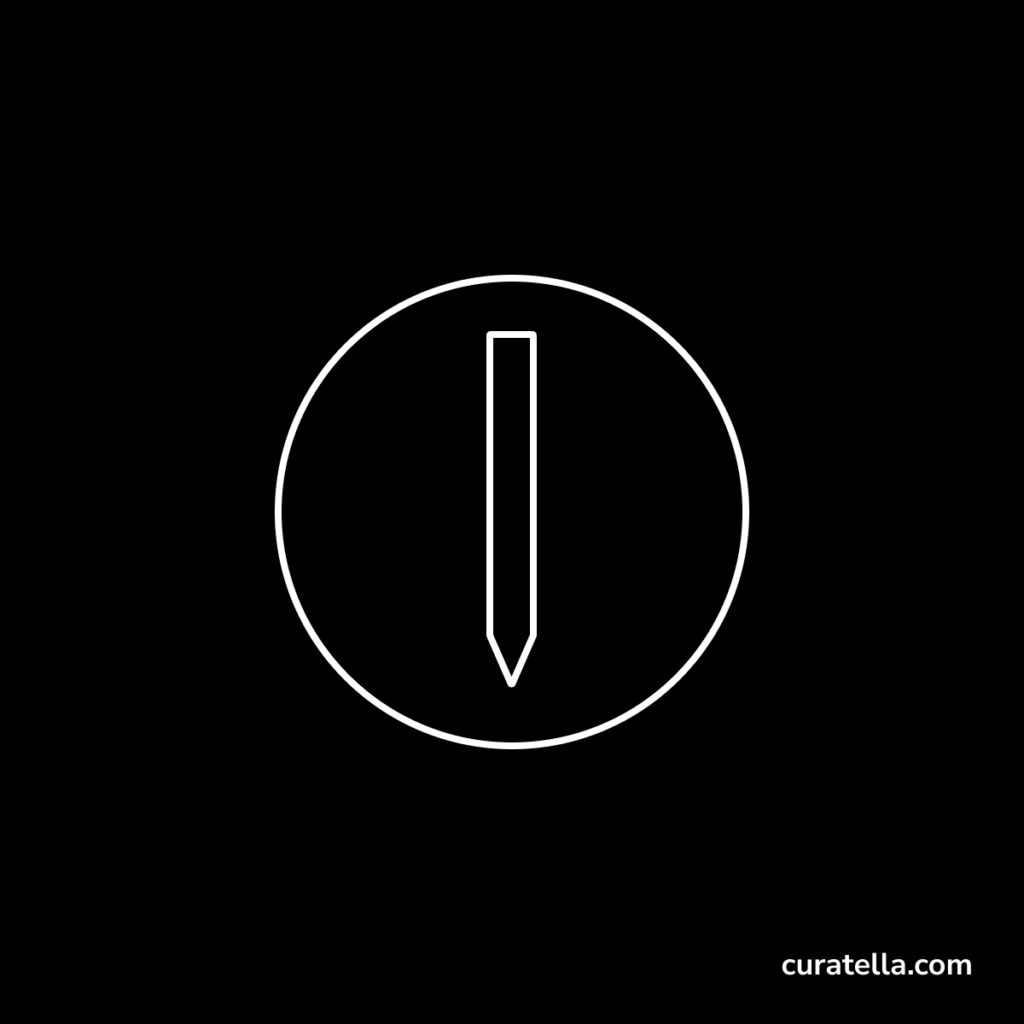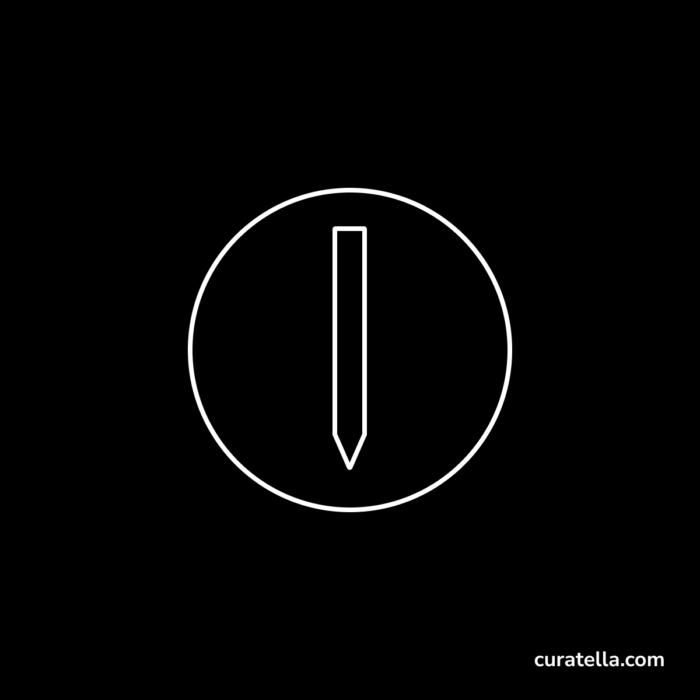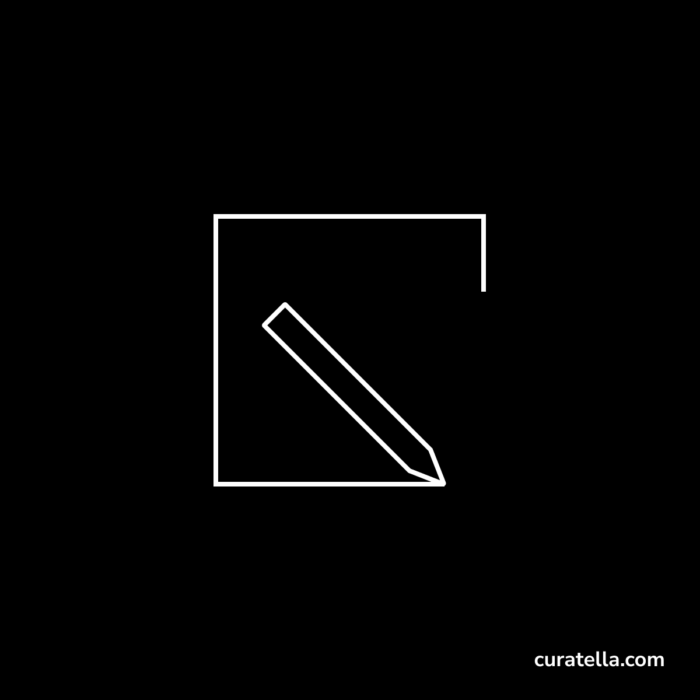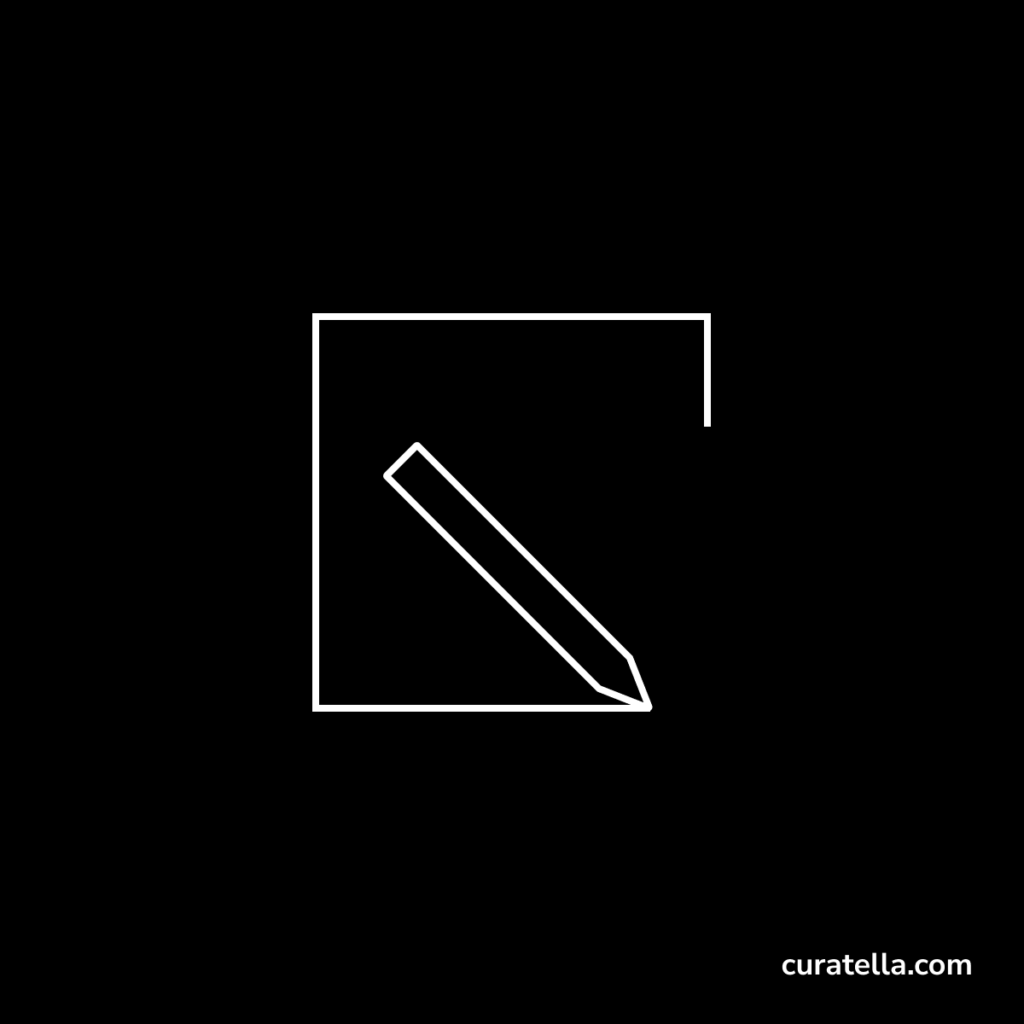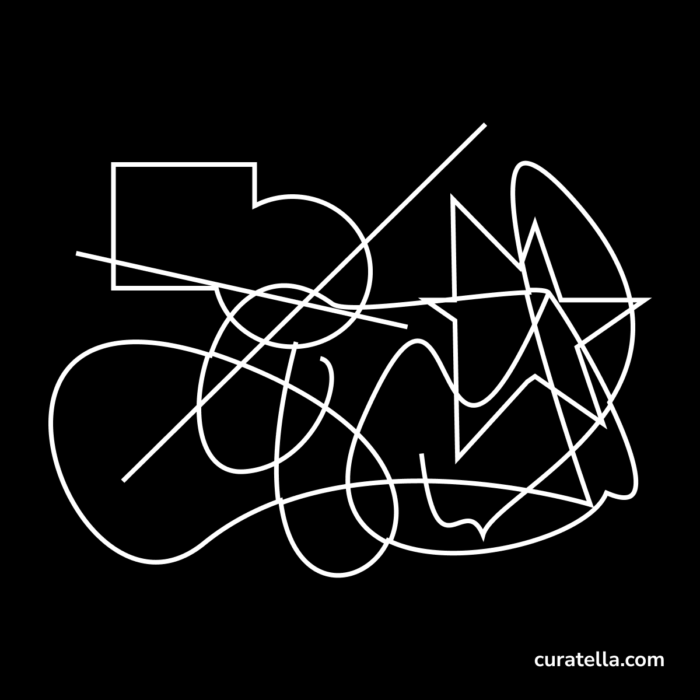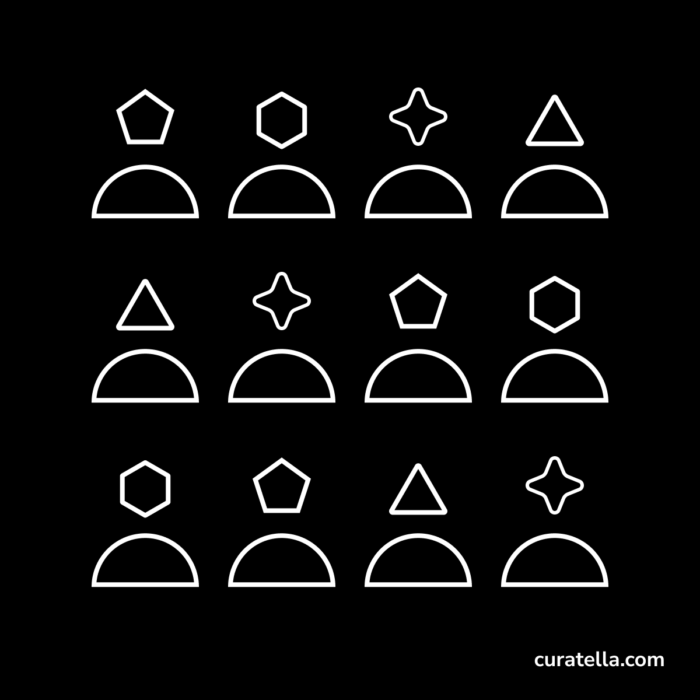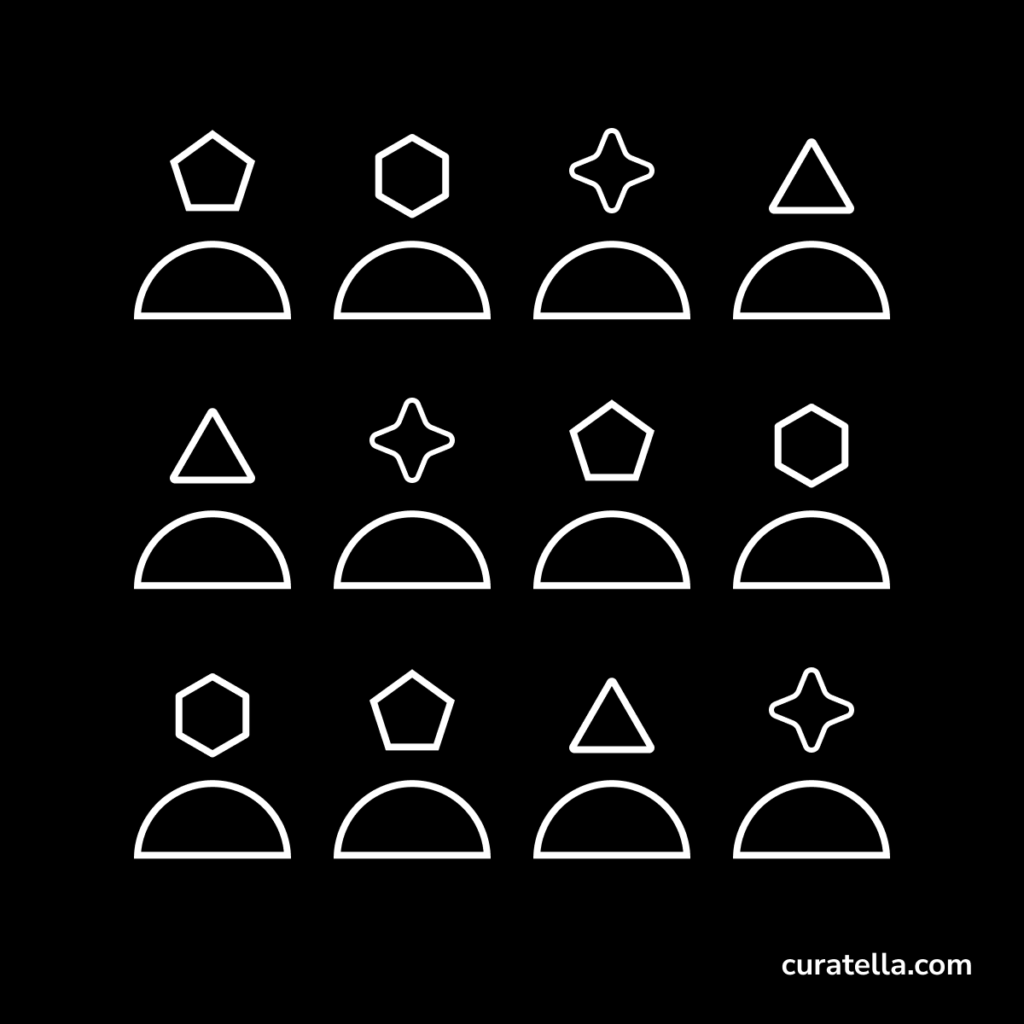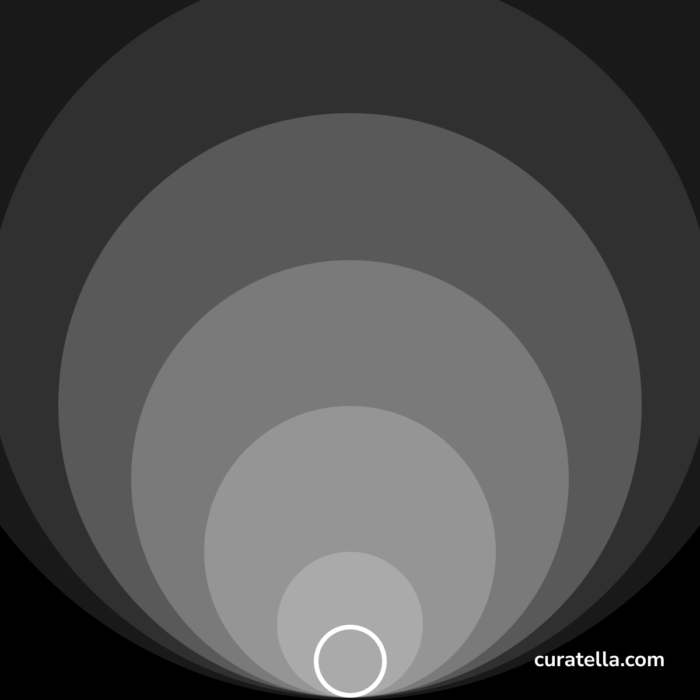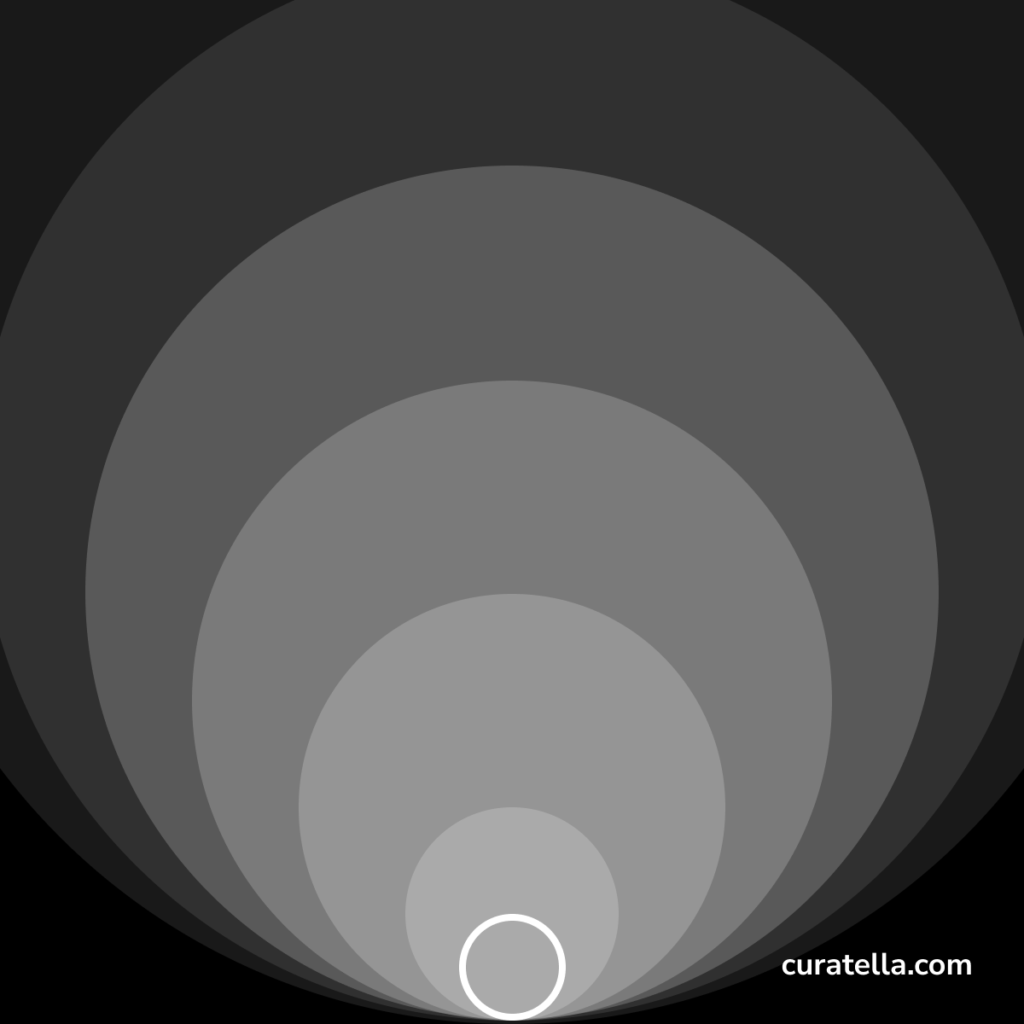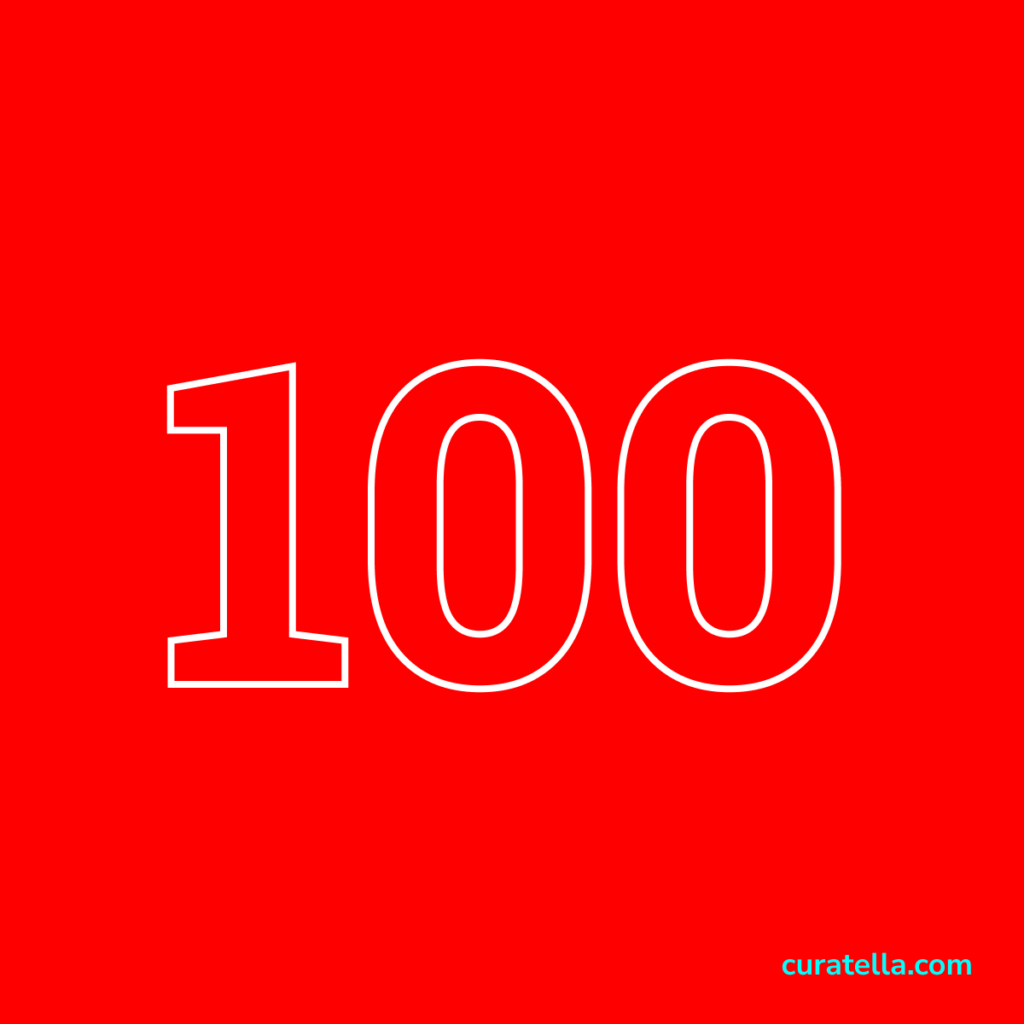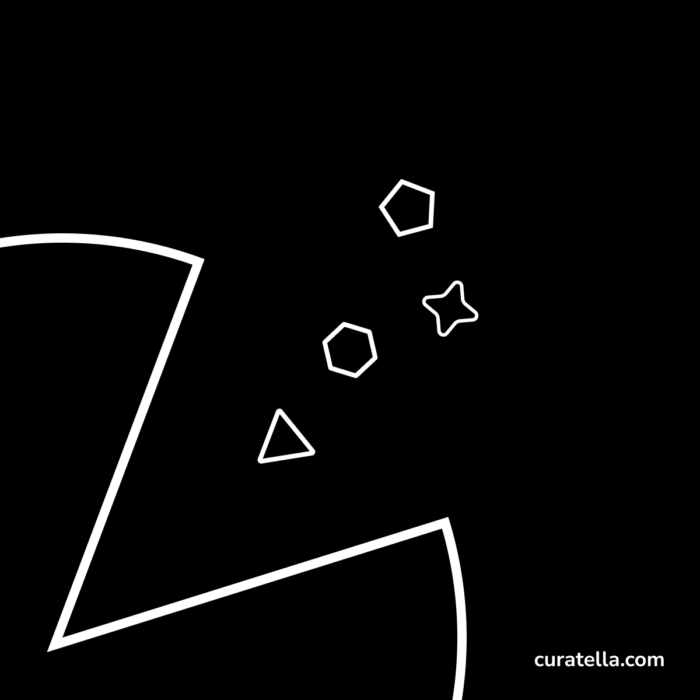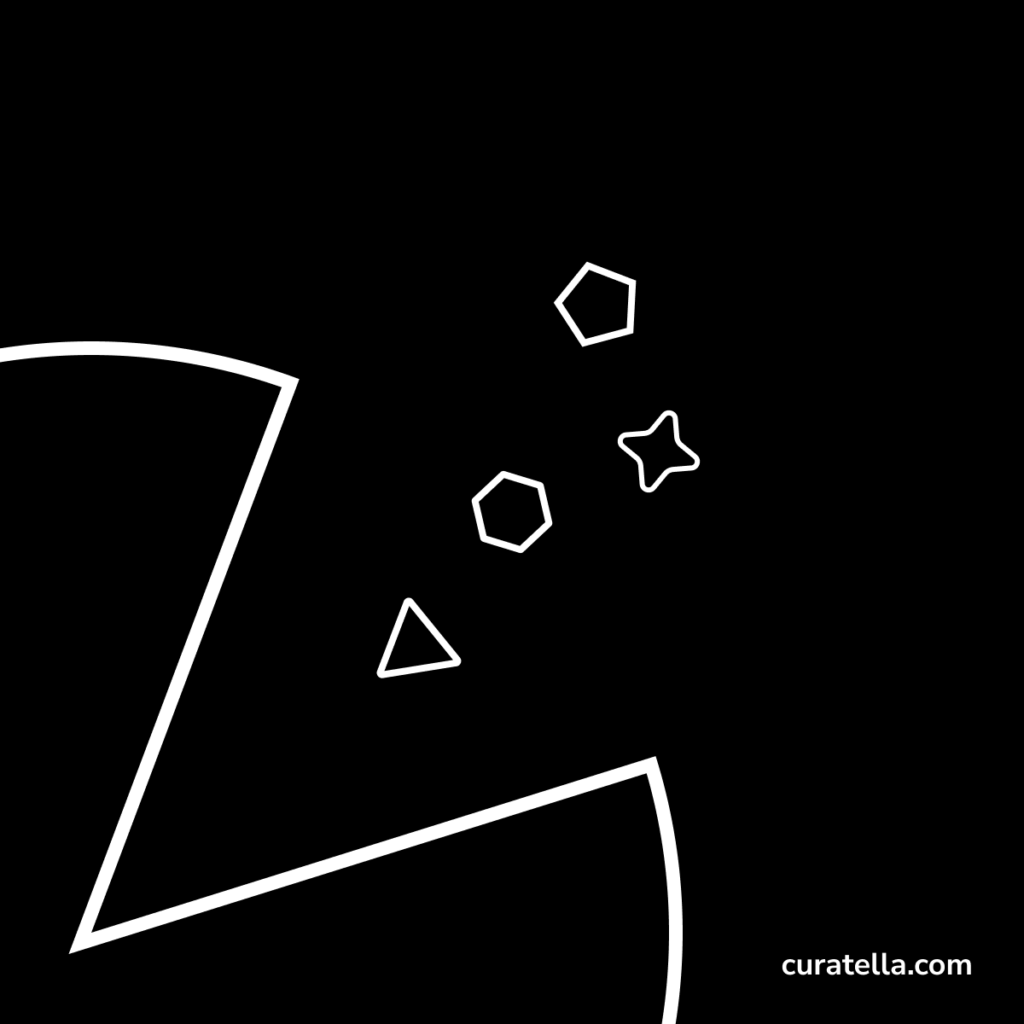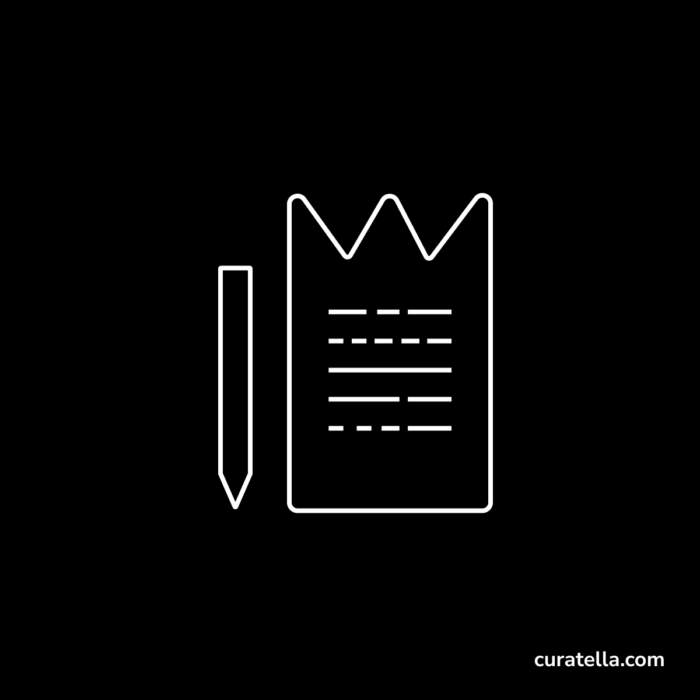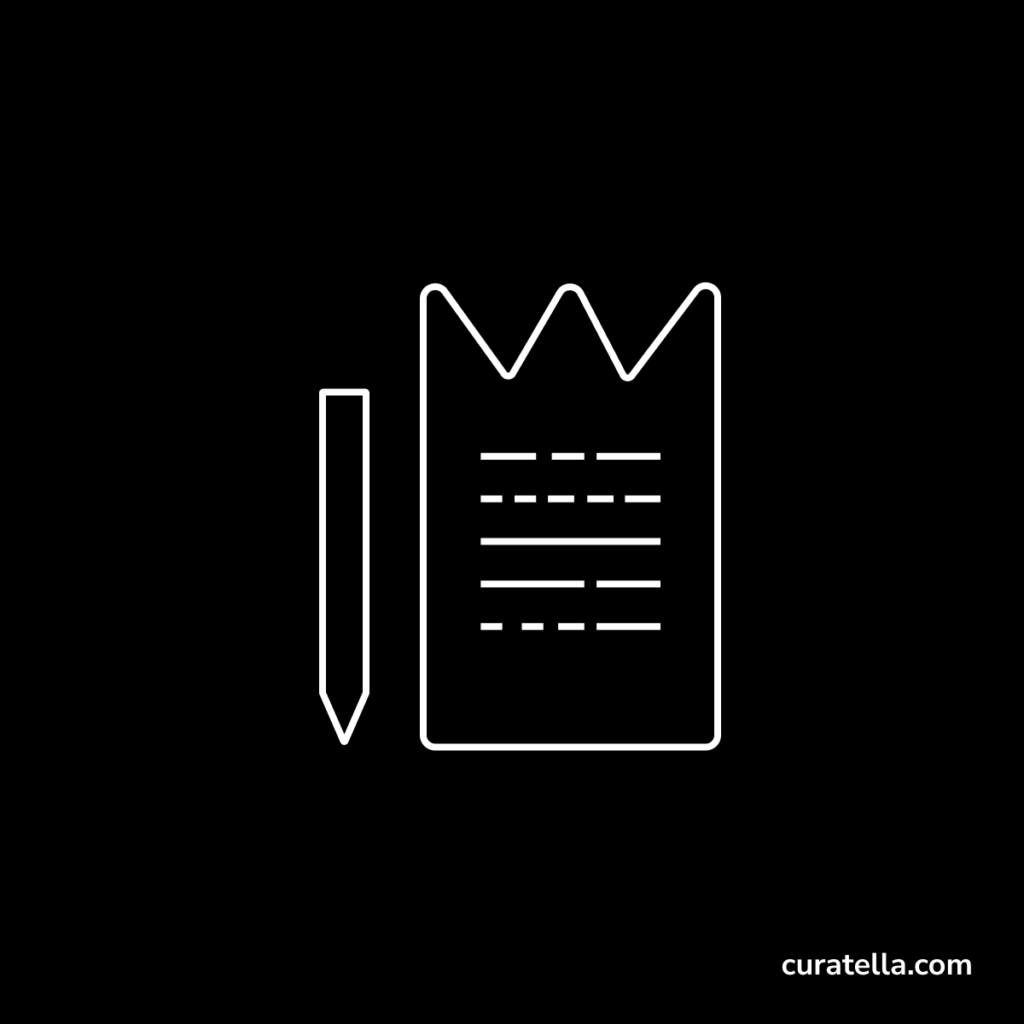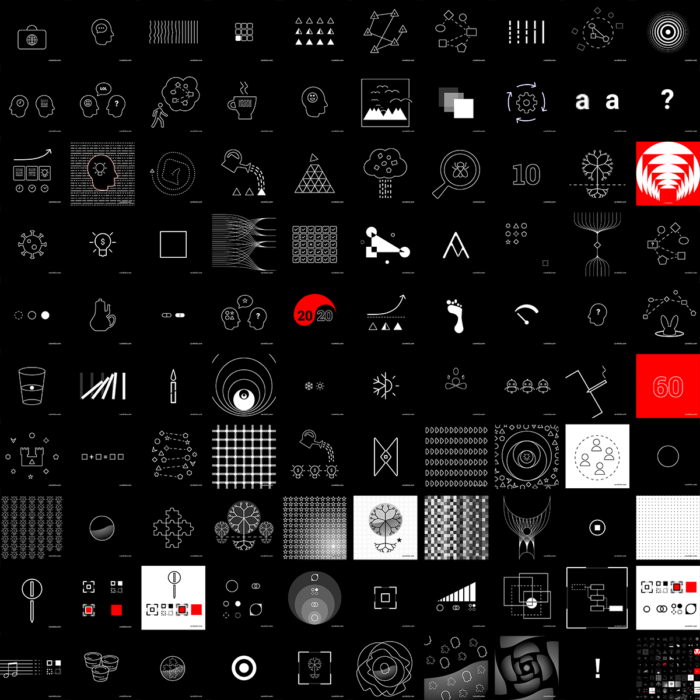When you build a habit of writing every day, you have a part of your brain reserved for a fixed thought. You have to write.
While in the beginning, the prominent feeling is about uncertainty and lack of confidence, after several dozens of writing days, you move into the realm of developing an internal dialogue.
You develop an additional aspect of your personality, your writing self.
Now, the word “writer” is such an abused word that it can only open to ambiguity and intellectual battles. Let’s take it for its literal meaning, “writer” is somebody who writes.
Let’s call your writing self the Writer, then, the one who is writing.
The Writer is impatient to put their thought in words. They don’t care about your daily schedule, your online meetings, kids at school, the traffic jam, the queue for the vaccine. It’s just impediments. The writer wants only to touch the keys, not to produce audible sounds, not to unlock physical doors but to unleash the gates of creativity while composing the letters’ music. If you ask them, are you ready to write? Shall I pull-over, here, on the highway to struggle with the untouchable keyboard of your smartphone to let you write? Uh? Shall I? But they are not ready yet. It was just an idea. Yes, maybe it could work, but… give me more time to think about it.
And they change the course completely. That initial half-developed idea could have been already a good starting point for a draft. You would have done good work. But, no, sorry, the writer is always creating. If you don’t stop to download the buffered creative material, you’re done. The creative flow shines of its own life, and you will have to browse an interminable sequel of ideas, intuitions, prompts, inspirations, thoughts, concepts, elaborations, allusions.
Excuses. The Writer is another part of yourself procrastinating, dodging the work. It is better to suffer in an infinite loop of apparent creativity rather than germinating a real idea, nurturing it, and having the courage to put in digital words.
It’s only when it is late. Almost too late. When you are exhausted by the next lock-down, the innumerable useless e-mails, the next boring TV Show, when it’s nearly time to go to sleep, that is the time that the guilty feeling is taking over. Stop! Stop, now! Enough with elucubrations.
Do you want to write today or not?
Do it, then. Do it now.
